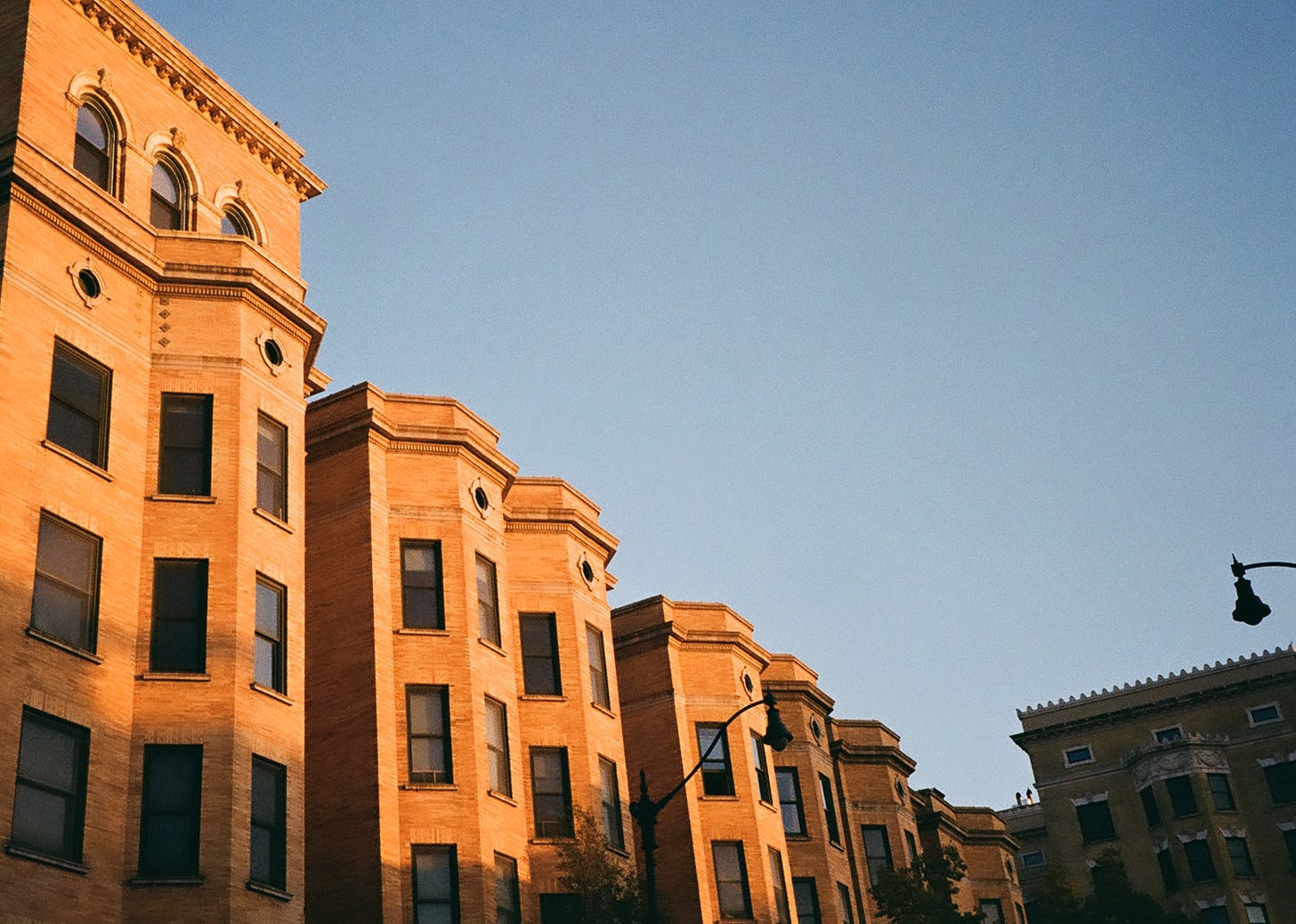Where Can A Car Kill Me?
On Jaywalking, The Little Walk Button, And Other Pedestrian Grievances
The American pedestrian suffers no shortage of indignities. On my average day walking around the deeply car-obsessed city of Los Angeles, I am ignored, cut off, honked at, and regularly threatened with bodily harm. I am made to breathe through clouds of belched diesel, forced to keep my head on a swivel to avoid the aforementioned bodily harm, and confi…




